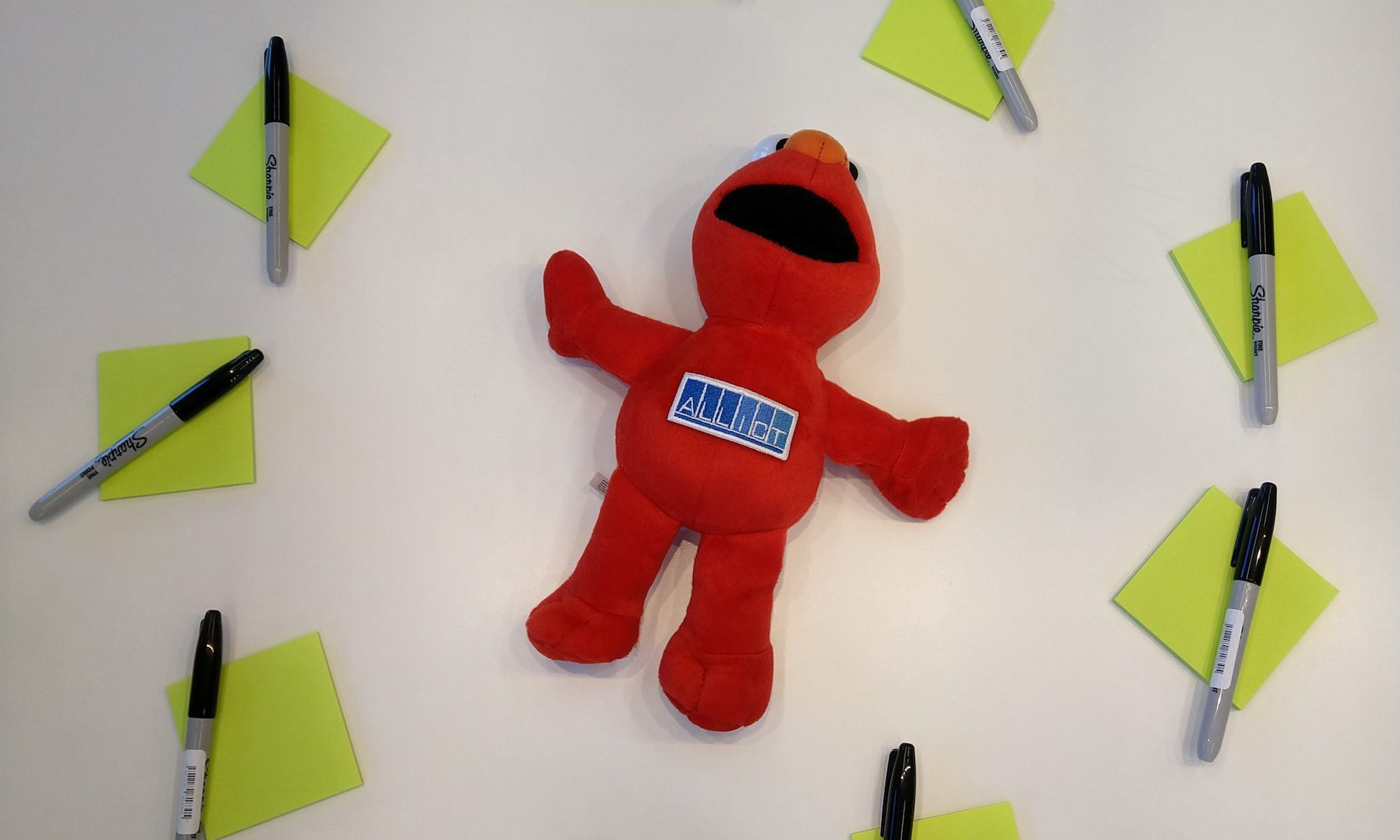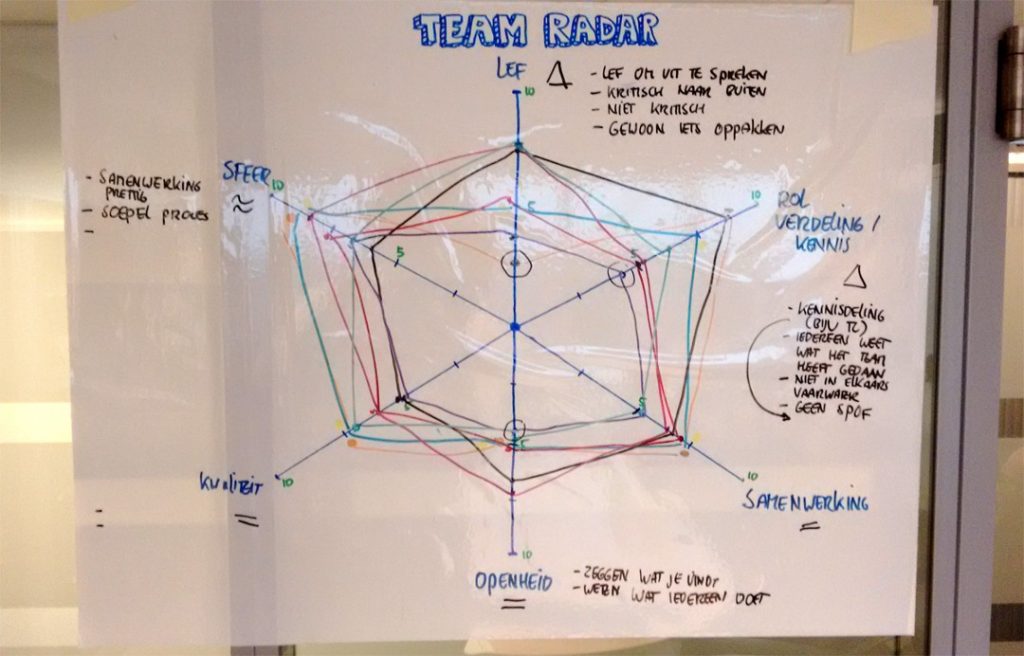The following text was copied from: https://www.scrum.nl/blog/building-team-manifesto/
Every time a new team is formed, it takes time to grow from a group of people to a well-functioning team. In their journey to become a high-performing team, they need a shared understanding of the principles and values of each individual and the team. The most important principles and values can be summarized in a team manifesto, a social contract among the team members. A team manifesto is always built by the team itself. It contains a set of norms, values and behaviors that forms a solid ground for collaboration within the team.
Building the Team Manifesto
With every team I coach, one of the first things we do is building a team manifesto. Recently, I did this by using the Retrospective format ‘That guy, this guy’. The results were great! Therefore, I would like to share this workshop format with you.
- Plan a timebox of 60 minutes with the entire team
- Bring flip charts, sticky notes and markers with you
- Create two flip charts with: ‘Don’t be that guy…’ and ‘This guy rocks!’
- Explain to the team what the goal of this session and a team manifesto is
- Ask the team members to write down characteristics associated with ‘that guy’ (the person that you don’t want in your team) and ‘this guy’ (the person that is a perfect team member) on sticky notes, individually and in silence
- Let the team members explain what they wrote down and collect the sticky notes on the flip charts
- Consider to cluster the characteristics, if there is a lot of overlap
- Ask the team members to prioritize the characteristics, by dot voting on the ones they value the most for the team (every team member gets five dots to divide among the items)
- Select the five to seven most important characteristics
- Divide the team in three groups and give each group a set of characteristics
- Ask the groups to describe what each characteristic means for the team
- Let each group explain what they wrote down and adjust this with the feedback from the other groups
- Summarize all parts of the team manifesto on one flip chart and invite each team member to commit to it, for example by writing down their signatures
- Make sure the team manifesto is visible at all times
A team manifesto ensures that the team coherence improves. It is a common understanding about the desired behavior within the team, and what it means for them to be a team. Since the team has ownership over the team manifesto, team members will behave according to it and encourage others to do the same.
Additional examples can be found here:
How To Kickstart A Great Scrum Team (10 practical things to do)
by Christiaan Verwijs

